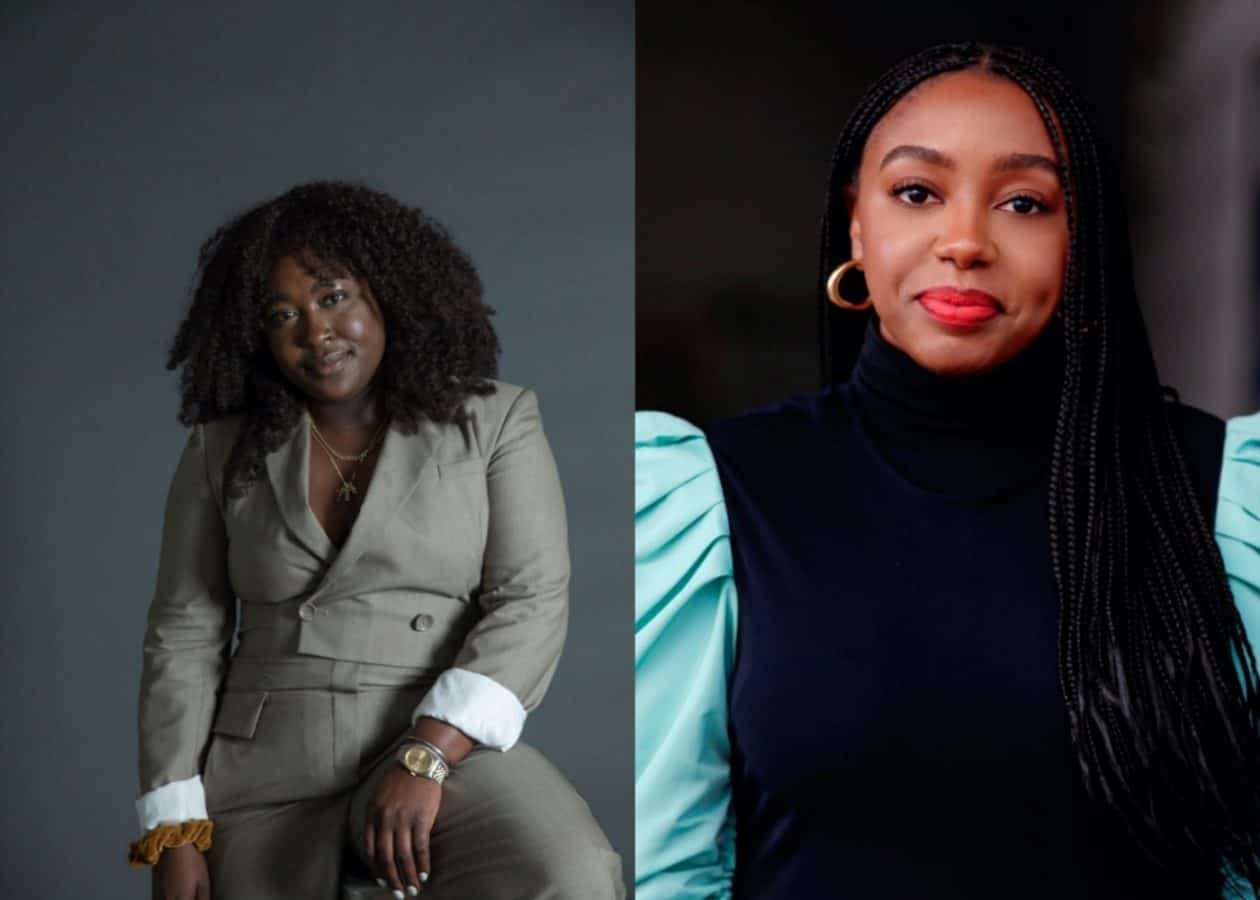[ad_1]
Over the past several weeks, as an act of solidarity to the Black Lives Matter movement, and as a reaction to the murders of George Floyd, Breonna Taylor, and the other grave injustices toward African-Americans in America, we’ve seen major fashion and beauty brands pledging their support to the Black community. However, to many within our community, these pledges rang hollow and performative. Looking to transform shallow allyships into true partnerships, the Black in Fashion Council (BIFC) was formed. BIFC is a collaborative collective of Black fashion and beauty innovators, creatives, and leaders, working to hold fashion and beauty brands accountable to their diversity initiatives.
The council was founded by two veteran Black fashion insiders Lindsay Peoples Wagner, Teen Vogue’s editor-in-chief, and Sandrine Charles, an uber fashion communications consultant. They launched the initiative not only to hold brands accountable but also as a tool to create a more diverse fashion landscape that mirrors the population at large. Their overall mission is to represent and secure the advancement of Black creatives and professionals in the fashion and beauty space.

“As a collective, we envision a world in which Black people in fashion and beauty spaces can be open and honest, guaranteed equal rights, and be celebrated for our voices. While we are working on our end, we encourage people in the industry to rise to the occasion to sustain long-term change,” reads the statement on the collective’s site.
BIFC plans to partner with companies to establish an Equality Index Score across the fashion industry to help them make real foundational changes.
Below, EBONY chatted with the power duo on how the Black in Fashion Council can address and challenge the systemic racism within the fashion and beauty industries and culture.
EBONY: How did Black in Fashion Council come about?
SANDRINE CHARLES: Lindsay and I connected a couple of weeks ago. We further expanded our conversation by initially integrating 50 of our industry peers and stakeholders to see how we can create long term change [within the fashion industry]. Since then, we have expanded on strategy and implemented a robust executive board and advisory board.
EBONY: What is the purpose of the council? Why is there a need for it?
SANDRINE: The purpose is to create a collaborative collective for Black people in the industry while working alongside brands to develop sustainability equality results.
LINDSAY PEOPLES WAGNER: We wanted to create a collaborative collective of Black people in the industry, to organize and strategize so that we can have productive, long-term change in the industry.
EBONY: What conversations and changes do you hope BIFC can initiate?
LINDSAY: There’s a need for transparent conversations with industry stakeholders because there’s been too much just calling out on Instagram and not much organization and action after that. We need to be more proactive about making change instead of being reactive when something happens and only tapping in and out of this moment instead of committing [to it fully and following it through to the end].
EBONY: Let’s talk about the Equality Index Score. What is it and what purpose does it serve? How will it hold fashion and beauty companies accountable?
LINDSAY: It’s a fair way for us to rate and give the industry a progress report. Instead of canceling out brands, it’s a positive way to say here are the ways you need to improve, and here are the ways that you’re doing a great job.
EBONY: Who is the membership open to? Can anyone join?
SANDRINE: We are currently opening membership to Black people working in fashion. We encourage industry professionals to sign up and we will provide next steps.
For more information on Black in Fashion Council, visit www.blackinfashioncouncil.com
[ad_2]
Source link

